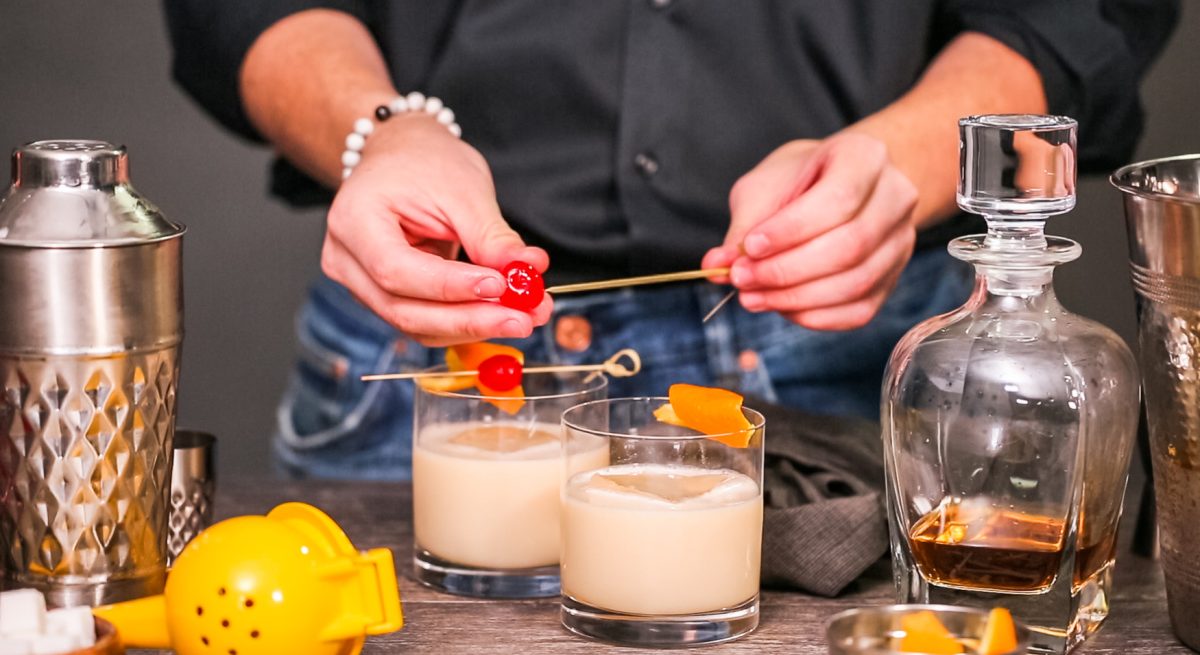2022 Cocktail Trends (Infographic)
4 Min Read
Bacardi Limited released its third annual Bacardi Cocktail Trends Report, looking ahead at the key trends impacting the business of cocktails in 2022. The report is created in collaboration with The Future Laboratory (TFL) and draws from Bacardi-led and external research to unveil the undercurrents transforming everything from drinks desired, flavor expectations, and imbibing occasions through to ethical action and ways of creating cocktails.
“As 2022 brings new perspective, people are coming together with a strong desire to ‘Make Moments Matter. At Bacardi, we are driven by this purpose – with a family of premium spirit brands that are uniquely positioned to evoke emotions, catalyze experiences, and play an integral role in fostering connections, encouraging celebration, and enabling exploration,” says Tony Latham, Executive Vice President and Chief Financial Officer at Bacardi. “What the world needs today is not a return to a ‘new normal,’ and we will play our part…
Sorry, You've Reached Your Article Limit.
Register for free with our site to get unlimited articles.
Already registered? Sign in!

